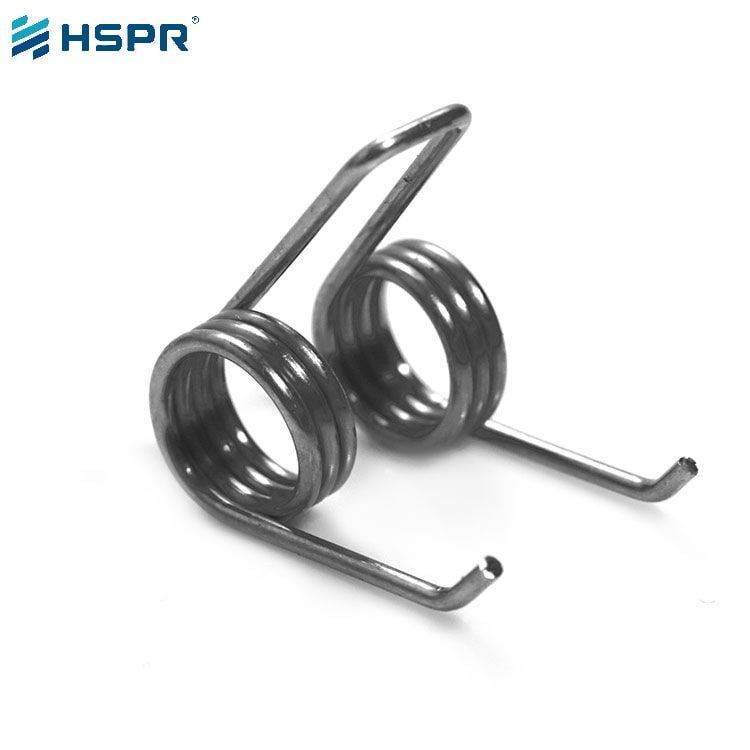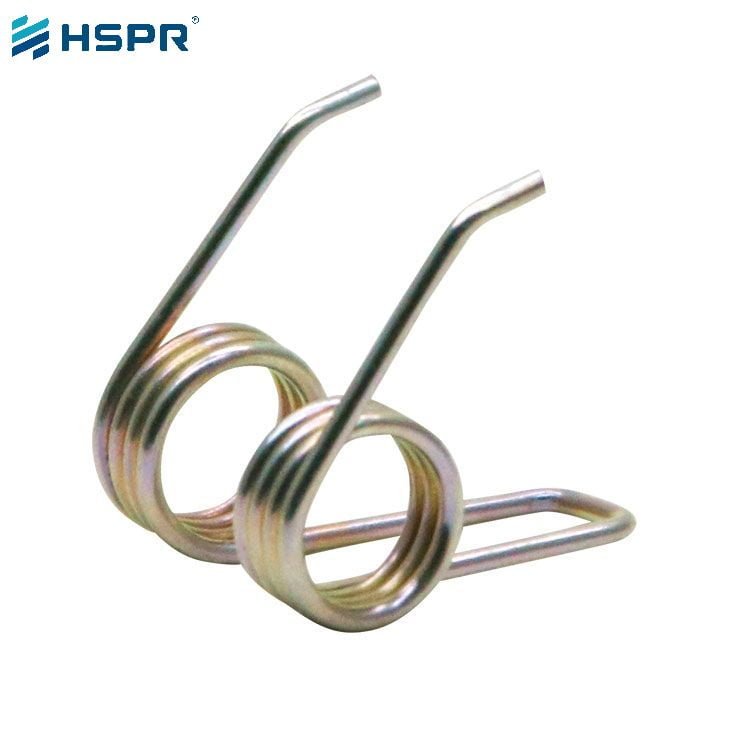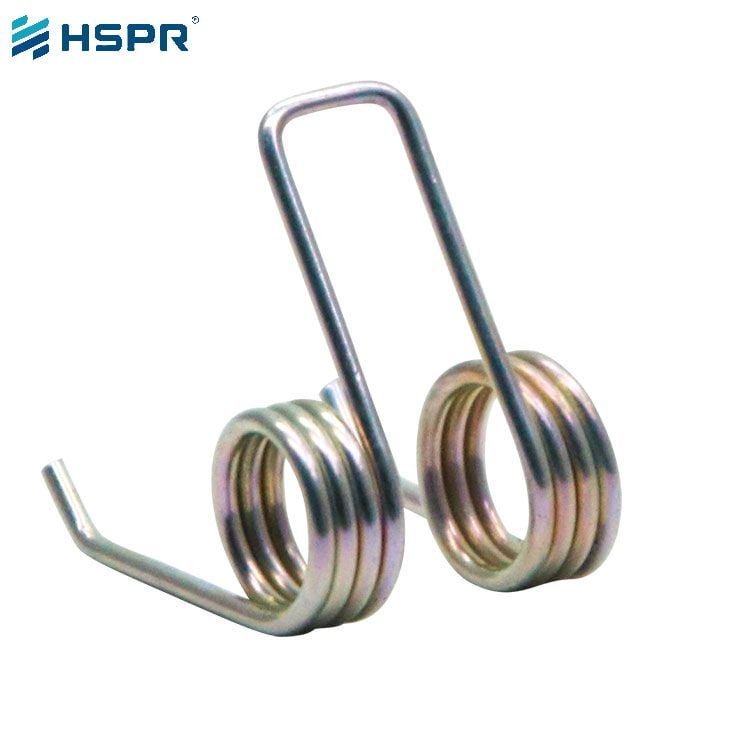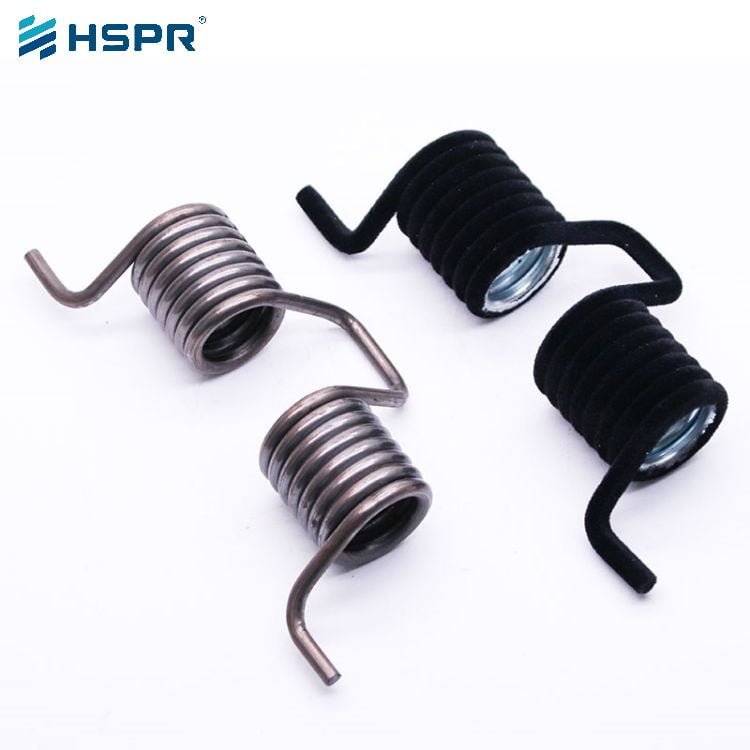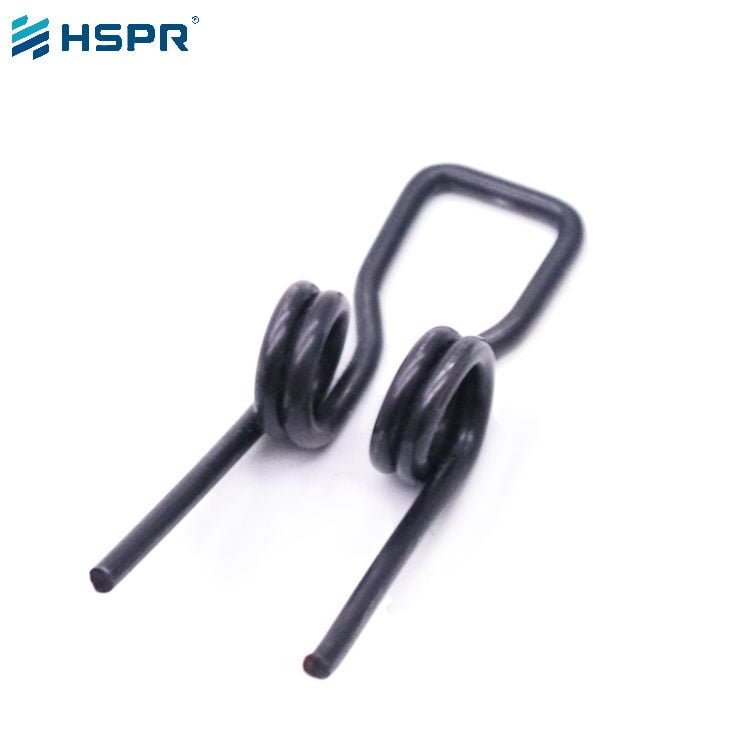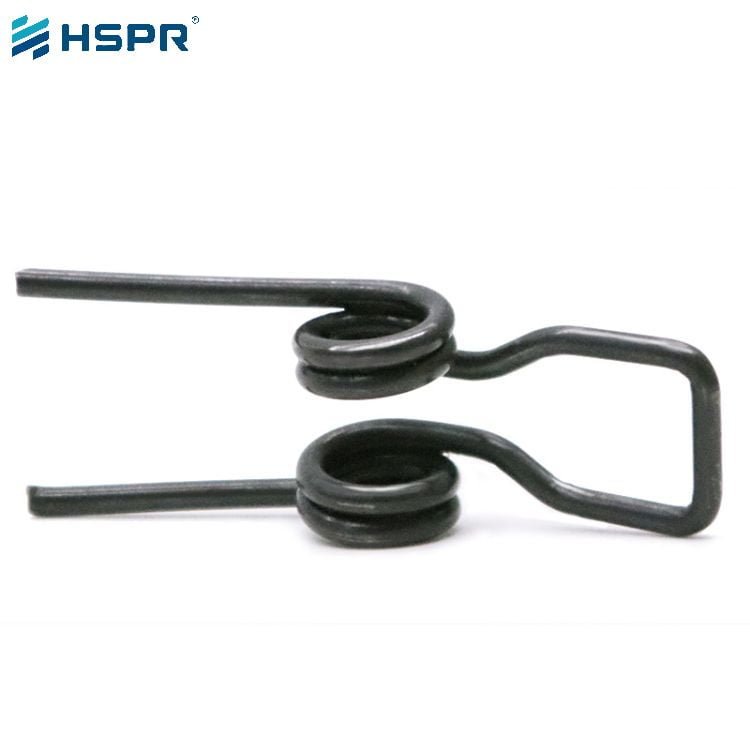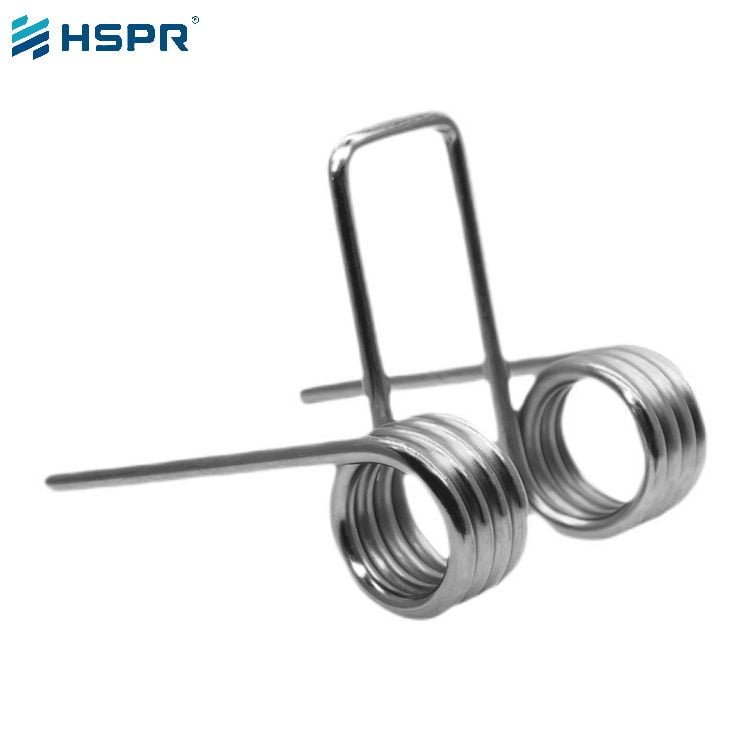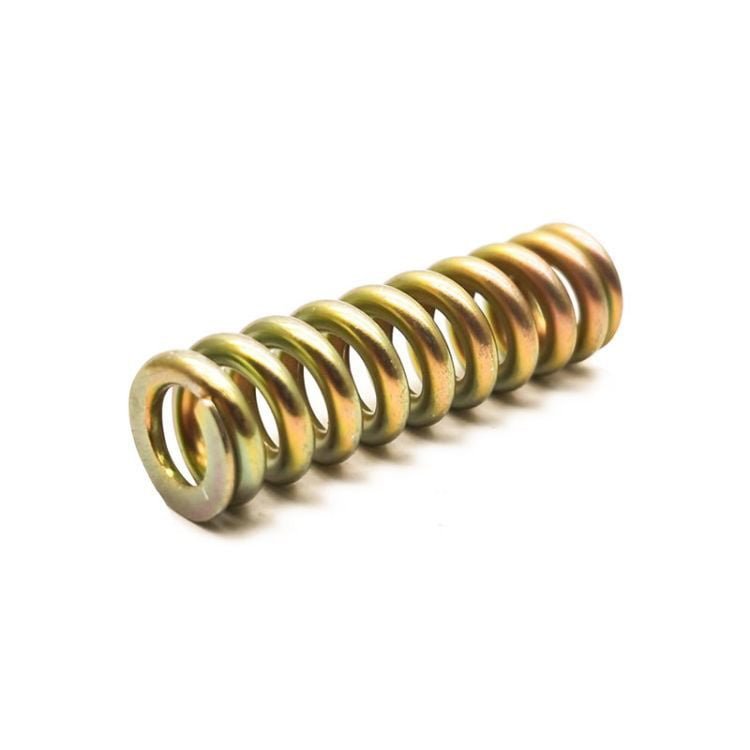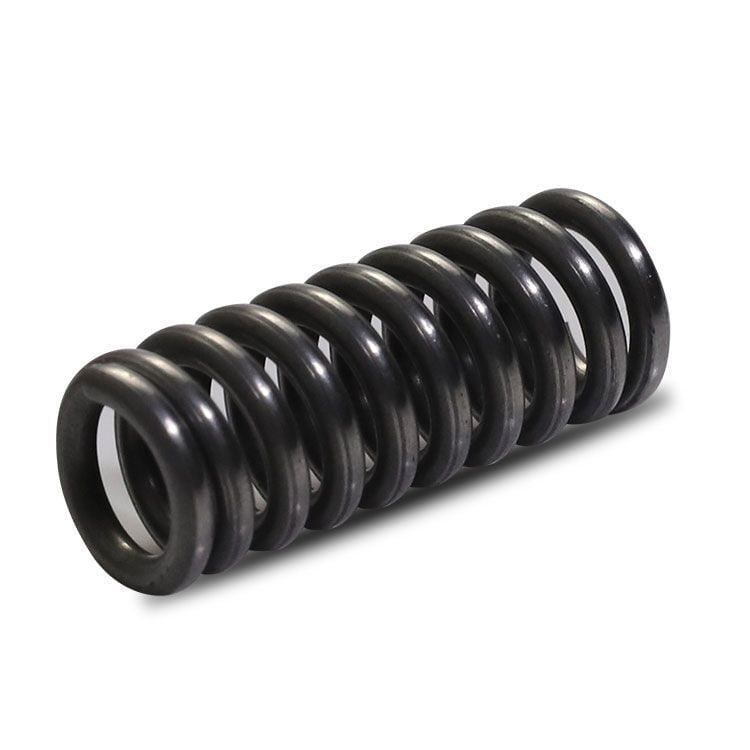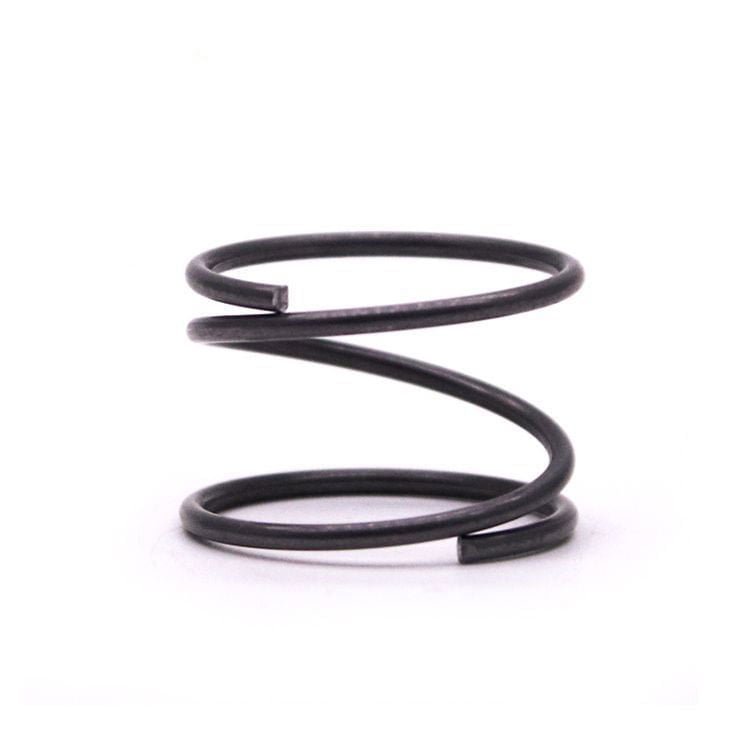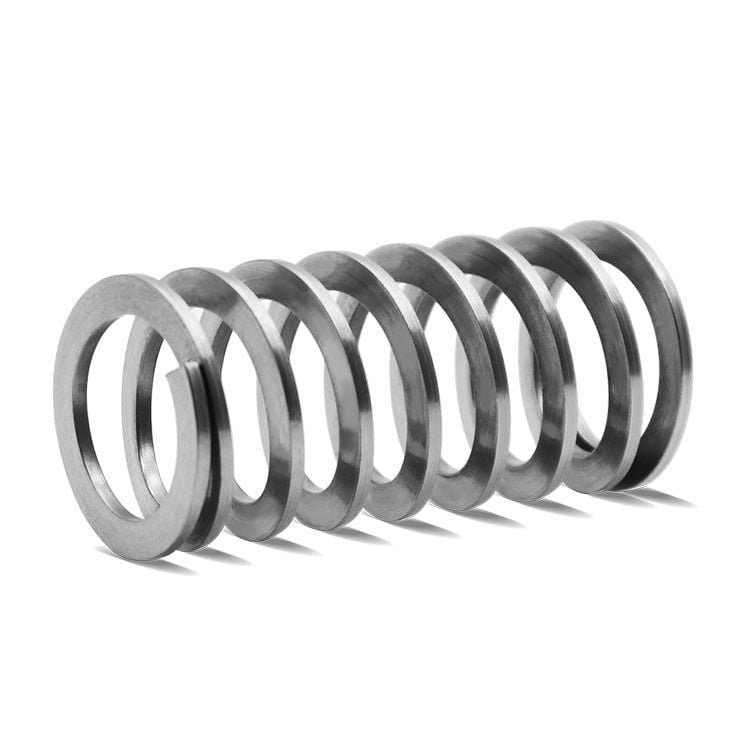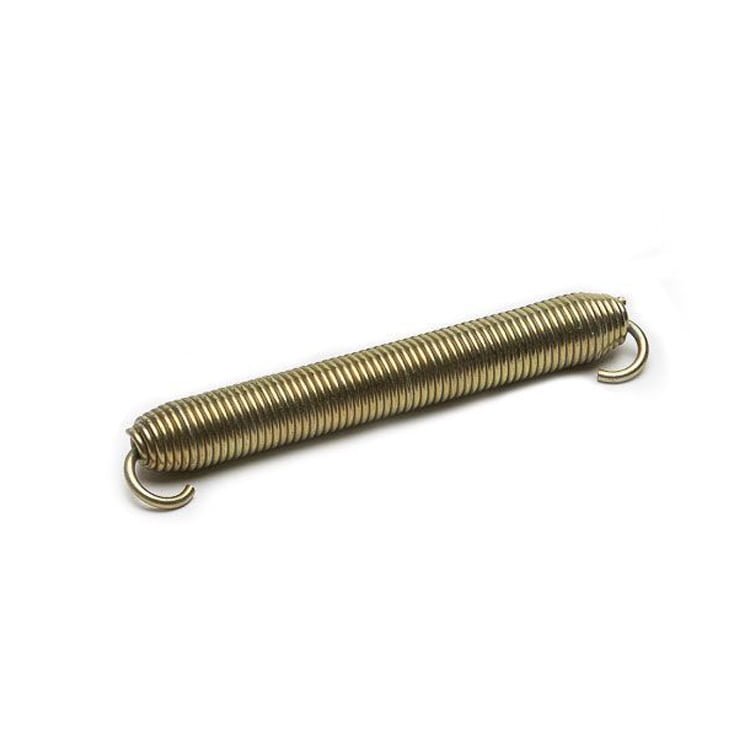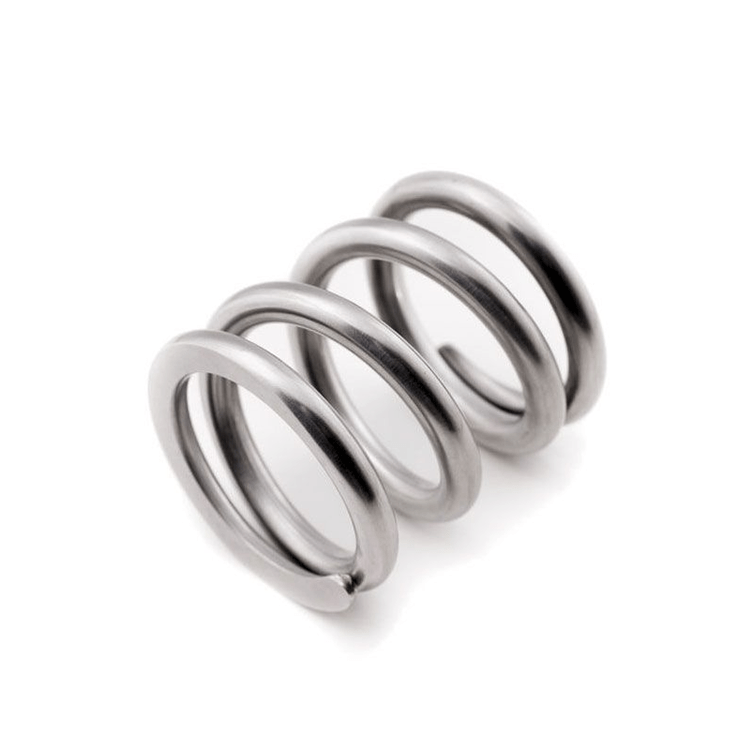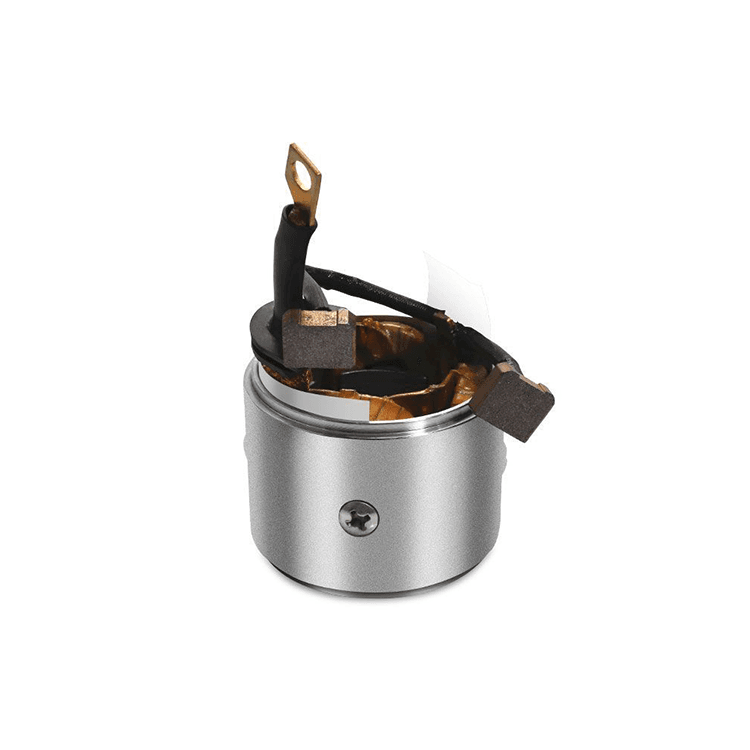Double torsion spring
Double torsion spring is a coil spring that is capable of storing and releasing energy or holding the mechanism in place. They feature two legs extending from both ends of the coil for applications requiring torque or rotation. When these components rotate around the spring, it will try to push them back into their original position.
Torsion springs come in a variety of different shapes and sizes, with different leg configurations and lengths, and can be used in a variety of applications. Common uses include: doorknobs, garage doors, clothespins, spring clips, and hinges. In some cases, a single torsion spring cannot apply enough force, and in these cases, a double torsion spring may be required.
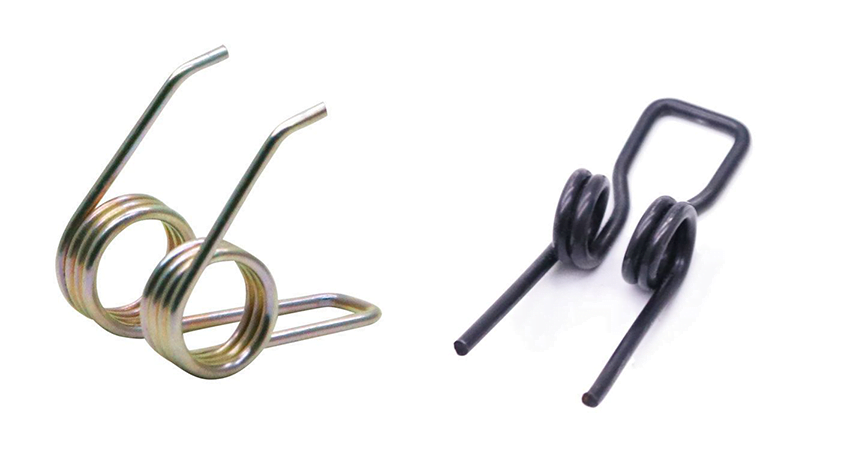
Torsional springs are made of two torsional spring coils that are joined together at the center to form a spring. The two coils are formed by winding a metal wire in opposite directions, with one winding counterclockwise and the other winding clockwise. These two parts work in parallel with each other, and as with a single torsion spring, the legs usually press against the external components, which pushes them back and creates drag.
Double-twist springs are stronger than single-twist springs and can exert more force. The force generated is equal to the sum of the two springs. The bridge and legs connecting the two coils can be made in a variety of lengths and shapes, depending on the application. In some cases, the bridge between the two coils is small, just to minimize friction between the two coils. But it can also be large, creating a wide arch between the two coils. The spring design depends entirely on the intended use of the spring.
What is the use of double torsion spring?
Torsion springs have a wide range of applications, and two way torsion spring are no exception. They are best suited for applications that require spring assistance in lifting or rotating as well as in neutralizing and concentrating rotating loads. If the component requires two identical torsion springs wound in opposite directions, a double torsion spring should be used. This type of spring is widely used in the medical industry, aerospace, military applications and even home appliances.
Twix-twisted springs are made up of a set of right-handed coils and a set of left-handed coils that are linked together, usually with an unwound section between the coils, working in parallel. These parts are individually designed and the total torque is a combination of the two, which is particularly useful when balanced torsion-free forces are required in precision machinery.
Double torsion springs are basically two single torsion springs connected by an arched wire. They can be used when additional forces are needed, but can be turned into a single torsion spring by making certain changes to the physical dimensions.
Bidirectional torsion spring are wound and manufactured in one go, and each set is wound in a different direction. This makes manufacturing these springs a complex task and therefore more expensive than buying ordinary torsion springs. Single torsion springs are usually easy to install, depending on the spring index and whether you want any custom modifications, or whether you want to make it work as a torsion compression spring by adding some spacing between the coils.
Bidirectional torsion spring are helical springs with two independent bodies whose ends can be rotated in an angular deflection manner, and like conventional torsion springs, they can apply rotational forces or resist externally applied forces. A double torsion spring consists of a right hand and a left hand coil section, which are connected together at the center of the spring. Both sides work in parallel to double the torque output. Double torsion springs are usually tightly wound (coil contact) to guarantee stability or maximize space efficiency. When applications require low friction or do not use gaskets to fill specific areas, dual torsion spring can be designed so that there is spacing or space between the coils.
